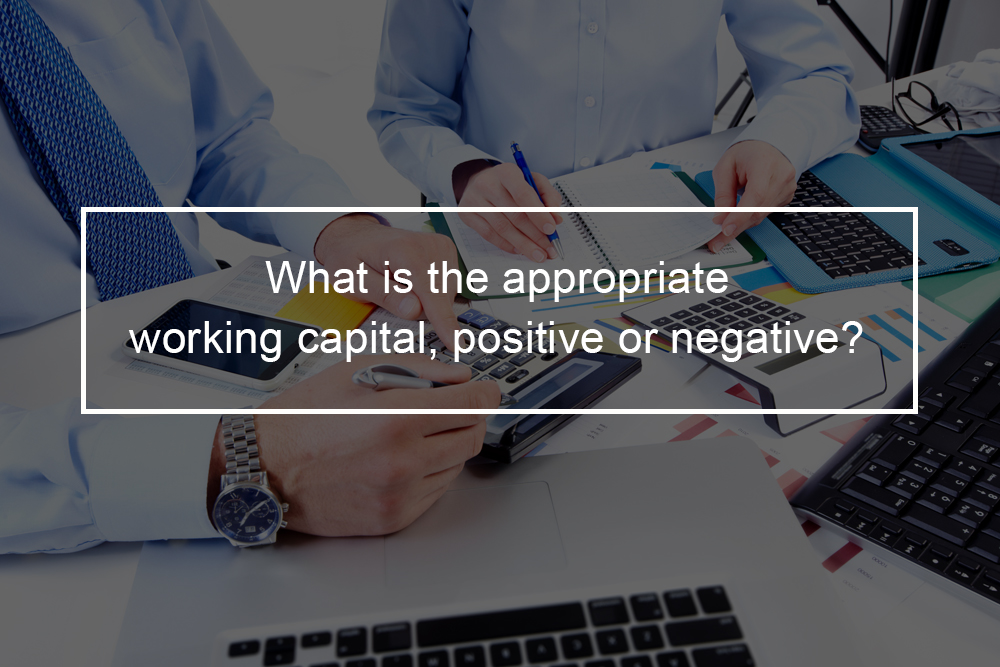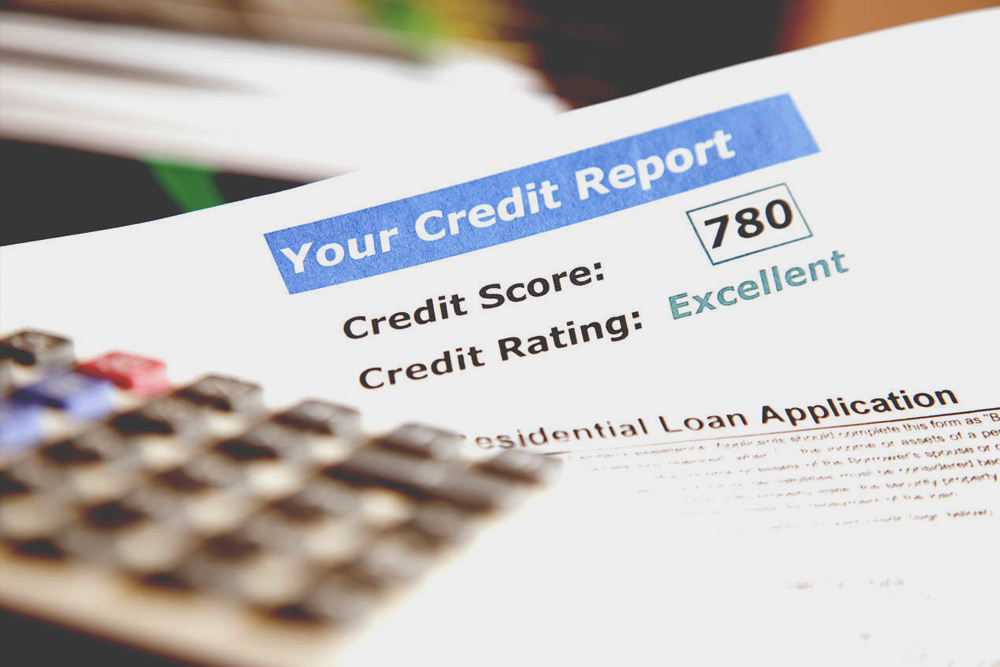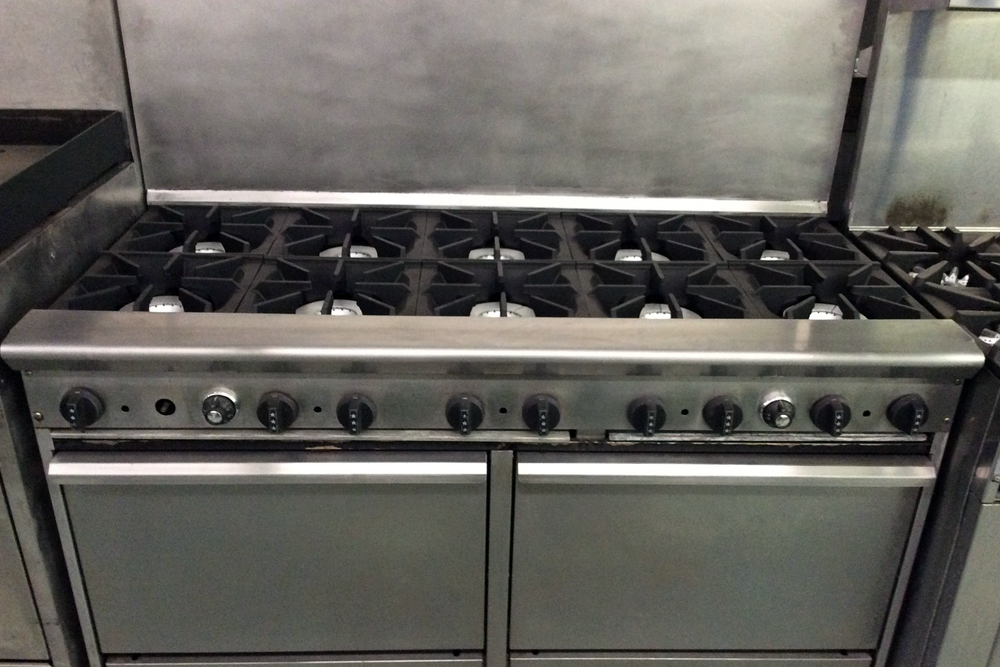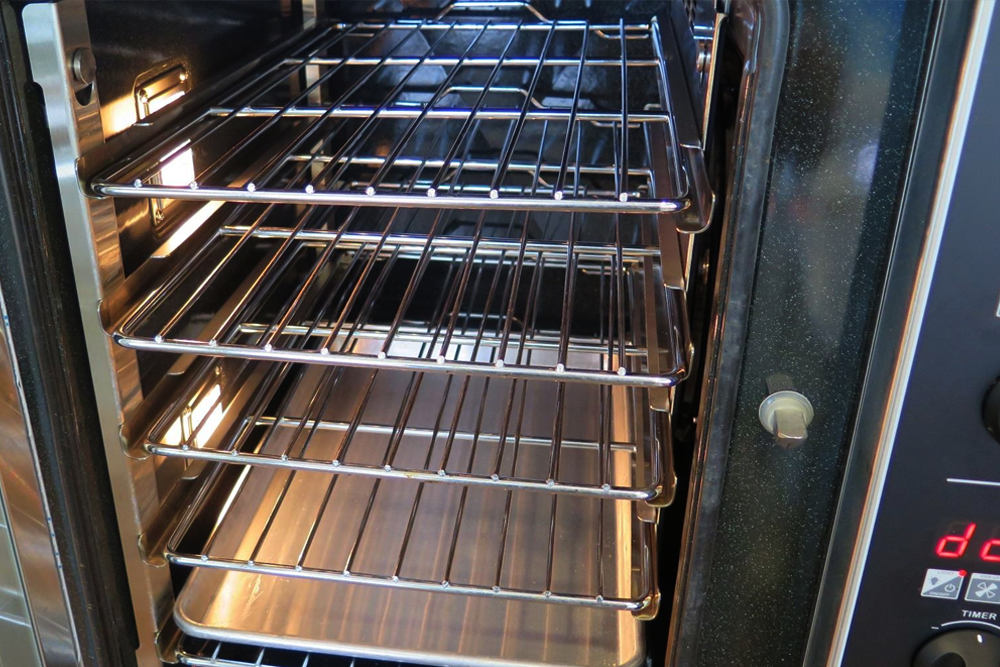As a business owner, while analyzing the balance sheet, you might have come across the terms negative working capital and positive working capital. And often thought that for negative working capital it is negative, so it is not good. Nonetheless, this need not necessarily indicate an issue with the business; in some cases, it could be a good thing, and positive working capital might not be a good sign. Let us understand what negative and positive working capital are and their relevance from an investor’s perspective.
What is working capital?
We find that the difference between positive and negative working capital causes many investors’ confusion. Most business people view working capital as a form of fixed asset expenditures or see working capital as periodic rather than systematic. Typically, working capital expenses are not listed as “other expenses,” such as operating expenses; they appear invisible. Working capital expenses change every day and are systematic, producing decreases or increases to the business company’s cash holdings. Moreover, working capital expenses cannot be ignored. So, what makes up your working capital? Typically, working capital is made up of current liabilities and current assets. The actual major drivers of working capital are:
- Unearned income in the current liabilities
- Other payables
- Prepaid balances in account payable and current assets
- Inventory
- Accounts receivable
The difference between the dollar amounts in all of these in the current assets deduct the dollar amounts of each in the current liabilities determines your working capital position. The working capital position can be positive ( where current assets exceed current liabilities), neutral ( where current assets are equal to current liabilities), or negative working capital (where current assets are less than current liabilities).
What does it mean to have positive working capital?
When a business has more current assets than current liabilities, its working capital is said to be positive. Having sufficient working capital enables a business to fully fund its short-term liabilities as they come due in the next year. This is an indication of a company’s financial strength. Let us look at an example:
Suppose your business has $700,000 in current assets (made up of, let us say just accounts receivables and inventory) and have $400,000 in current liabilities (accounts payable and other payables). In that case, the business’s working capital position is $300,000. Suppose the revenues were to increase a real growth of 10-percent and the working capital structure remained the same, the company would need to fund an additional $30,000, which would be the working capital expense for the year. Such a company has a positive working capital and is better positioned to make excessive use of new business opportunities. Because the company has available supplier’s support and the extra funds also which are a prerequisite to enhance the new opportunity.
However, having too much working capital in unused and unsold inventories, or uncollected accounts receivables from past sales, is an ineffective way of utilizing a company’s vital resources. Short-term liabilities do not finance the extra funds parked in receivables or inventories but rather long-term capital, which should be utilized for longer-term investments to increase investment effectiveness. Therefore, the key is to maintain an optimal working capital level that balances the required financial strength with satisfactory investment effectiveness. Working capital is often kept at 20-percent to 100-percent of the total current liabilities to achieve this goal.
What does it mean when your business has a negative working capital?
In a basic sense, negative working capital describes a scenario where a business’s current liabilities surpass its current assets, as stated on the business’s balance sheet. In simple words, the business has more short-term debt than short-term assets. It is easy to presume that negative working capital indicates disaster. After all, if your business does not have sufficient assets to fund its bills, you might have to seek the protection of the bankruptcy court since your creditors are going to begin pursuing you. When done well, though, negative working capital can be a way to expand a company by leveraging other peoples’ money.
What is the positive side of negative working capital?
Often, negative working capital arises when a business accumulates cash very fast since it can sell products to its clients before it has to pay the bills to its vendors for the original raw materials or goods. In this way, the business is effectively utilizing the vendor’s funds to grow. The founder of Walmart, Sam Walton, was popular for doing this. Walton was able to accumulate inventory turnover so high it drove his return on equity through the roof. He was a merchandising genius, and he would order large quantities of merchandise and then have a blowout event around it, sell through the items faster and use the profits to expand his empire.
Changing working capital schemes
A company’s negative working capital might change over time as the business plan and needs change. Financial data from McDonald’s Corporation indicates that between 1999 and 2000, the globe’s largest restaurant had negative working capital of $698.5 million.
Fast forward to the end of 2017, and you will see that McDonald’s had positive working capital of $2.44 billion because of an enormous stockpile of cash. This is mainly because the new management decided to change the capital structure of the business. The aim was to make excessive use of low-interest rates and high real estate values and reward McDonald’s investors. Specifically, the firm issued many new bonds, franchised many of its corporate-owned stores, and increased share repurchases and cash.
Meantime, at the end of 2017, a car parts retailer, AutoZone, had negative working capital of more than $155 million. This was because AutoZone transformed into an efficient inventory system whereby it did not really own much of the inventory on its shelves. Rather, its vendors shipped inventory to the store for Autozone to sell, prior to requiring payment for the goods. This provided financing, which enabled AutoZone to free up its own capital.
The risk with the negative working capital
First, some industries cannot use negative working capital at all (like Ford Motors that early identified the mistake and changed to a neutral working capital position before the worst part of the 2008 recession started). Second, the negative working capital situation only works when the business is growing revenues (like General Motors that utilized it for several years until revenues started declining). When the company’s revenues are reducing, the positive impact of a negative working capital position reverses. It instantly starts needing annual working capital investment when the company can least afford it.
How different industries impact working capital requirements
Having seasons of negative working capital is not always bad. The keyword there is seasons. Some industries are more likely to have periods of negative working capital than others. Generally, industries like food or retail can afford to have negative working capital, since payments from clients come through very quickly. This indicates that times of negative capital are not as much of a problem. Money owed to you from clients is indicated on the Balance Sheet in the ‘accounts receivable’ line. When payments occur instantly, the money can move out and in your bank account before it has time to be recorded as a current asset. This contrasts with an engineering business where payments might be held up in accounts receivable for months. Thus whereas it is not always bad to have negative working capital times, to invest and grow a business, positive working capital is necessary.
Positive and negative working capital recap and final thoughts
Let us briefly recap what we have covered in this post:
- Working capital is a measure of how well a company can pay off its short term debts with its liquid assets.
- It is essential for investors to analyze as it offers a good indication of how well a company can manage its cash flow and if it has the potential to grow.
- Working capital is calculated by subtracting current liabilities from current assets.
- As long as the figure is positive, you have positive working capital, and if it is negative, your business has negative working capital.
- Based on cash payment cycles and the industry, having times of negative working capital is not always bad. Nonetheless, having positive working capital is necessary for a business to grow.
- While your working capital provides you an indication of risk, it is not the complete picture.
A prediction of your cash flow and profit & loss is needed to see upcoming profitability and cash. These will help inform if your working capital situation is a true risk or not.













